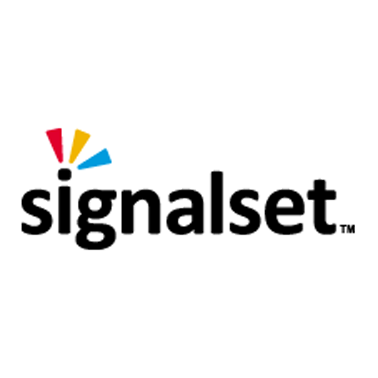A machine-to-machine (M2M) product that lets enterprises deploy and control wireless devices that are capable of remotely switching between GSM and CDMA networks in real time has been launched by startup Signalset.
The product will not be good news for the network operators as it means they will have add value to their packages to promote loyalty.
But Signalset CEO Peter van der Gracht said operators were open to making deals with his company, even though traffic will be running on competitors’ networks as well.
“They understand that this opens up new revenues for them,” van der Gracht said. “Our ambition is to sign everyone up, starting with those that have the biggest and broadest coverage.”
The Seattle-based company last month announced that it had secured US$6m in financing from Vanedge Capital, Point B Capital, Globespan Capital Partners and Razorback Capital. It classes itself as a multi-carrier virtual network operator.
The company has signed agreements for network access with CDMA operator Sprint and GSM operator T-Mobile. And it has an OEM deal to introduce a telematics service, called Remote Carrier Switching, for lorries using its technology.
“We’re taking a unique approach to M2M with a continuous wireless choice,” said van der Gracht. “The idea of changing carriers down the road is a major pain point for the customer. These assets can last a decade. And national OEM manufacturers that buy devices need a national footprint. They have this challenge of having to choose a carrier at the time of installation that might now serve the device over time.”
Signalset is working on securing wholesale deals with all the major operators in Canada and the USA. Eventually, smaller operators will be added.
The product works by combining radios with a connectivity platform. IT administrators have the power to switch between the various networks in real time over the air. They can also establish business rules as when to switch between networks based on criteria, such as time of day and network traffic.
“One of the big advantages is the ability to fill in gaps in coverage,” said van der Gracht.
A second radio is needed, which increases the cost. However, the lifetime operating costs are reduced, because users won’t have to replace equipment as fast as they would with a single operator.










